Salad w/ Tamari Quinoa, Pears, & Ahi Tuna Steaks
Ahi tuna steaks were on sale at my local grocery store. They're not necessarily my go-to seafood. Although I'm not exactly great at turning down a good deal! The seafood section is in the back of the grocery store, which meant that I then had to backtrack through the produce department or go with what I already had in the cart. Although fortunately I'd already picked up pears and avocados. So, it seemed only fitting to toss everything together into a Pears, Avocado, & Ahi Tuna Steak Salad. Ordinarily I would make this recipe with Apples. Although, since I'd already decided on pears, I decided to still play up the fruity flavor profile with Apple Cider Vinegar Quinoa.
Gallery
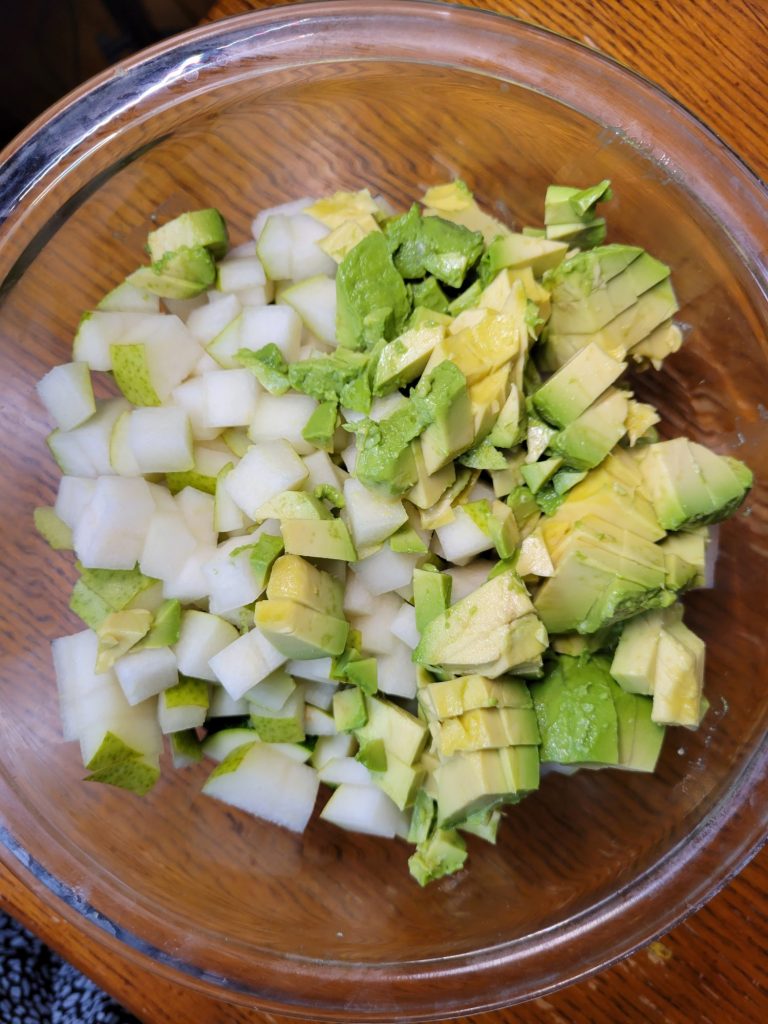
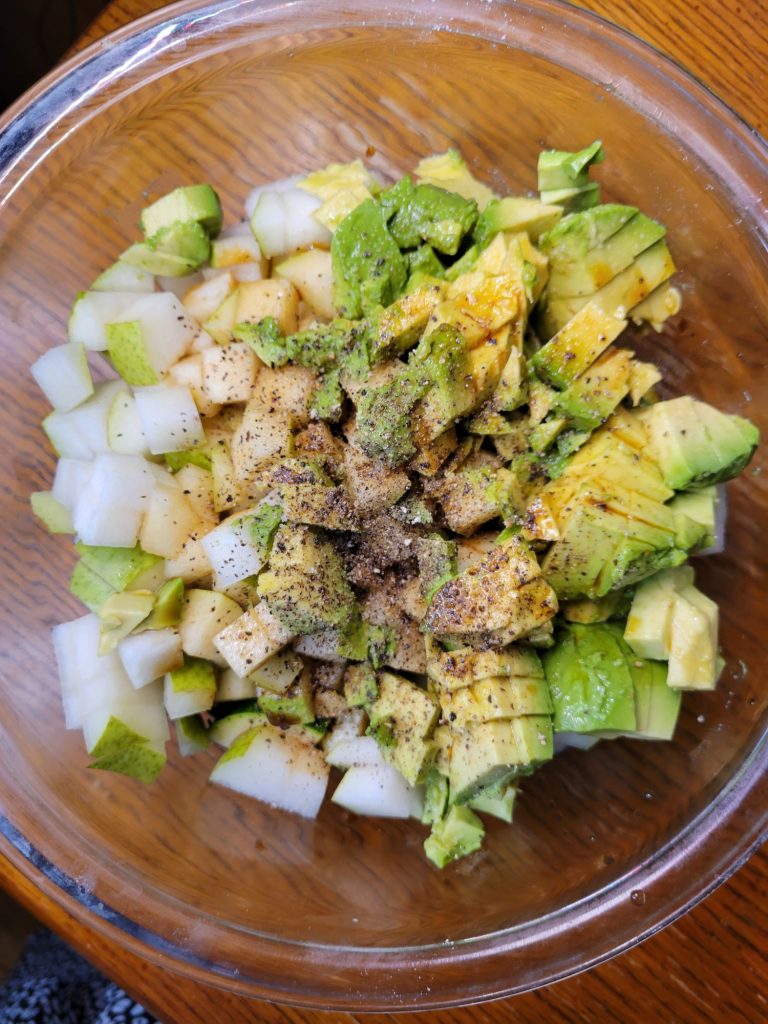
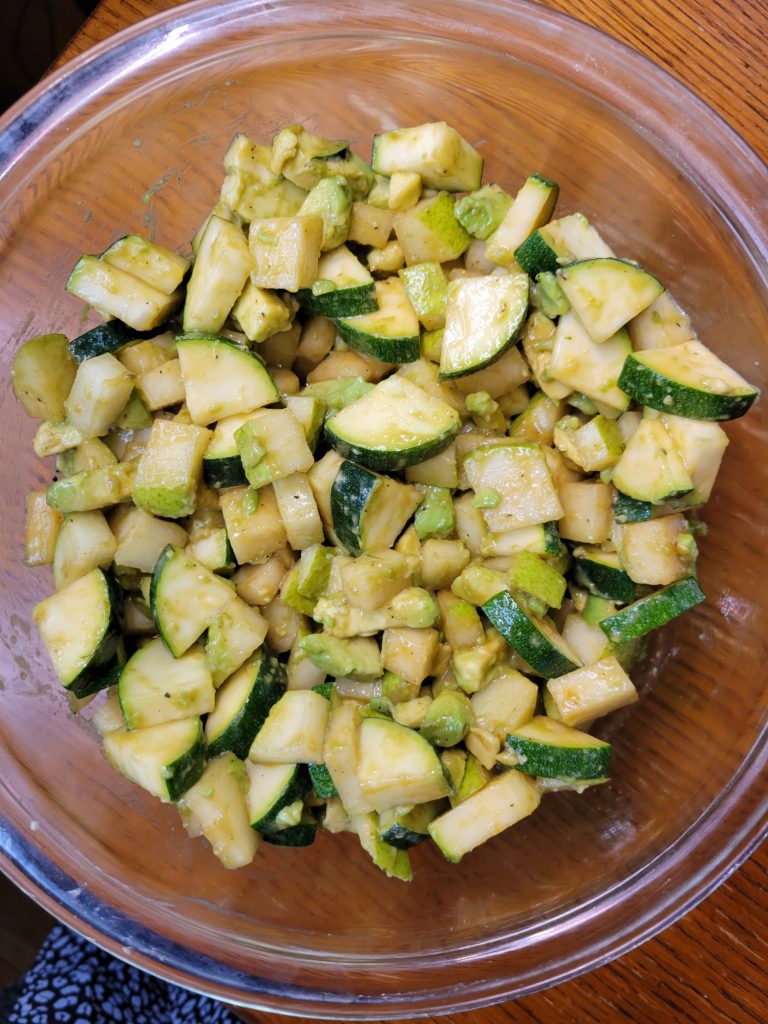
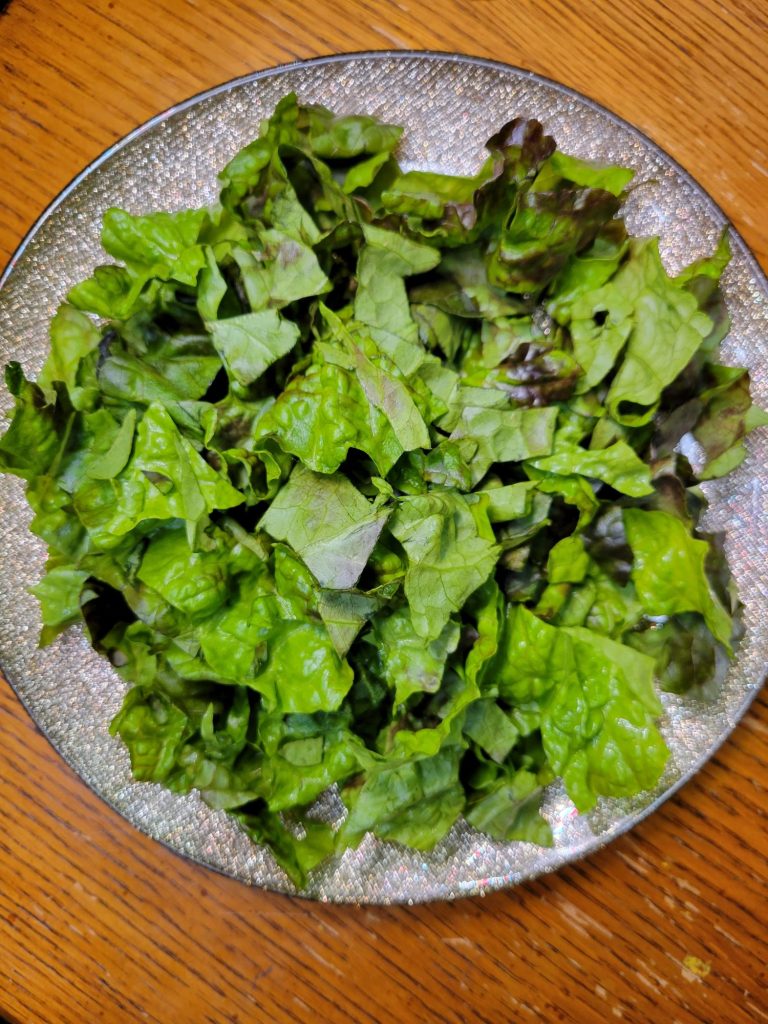
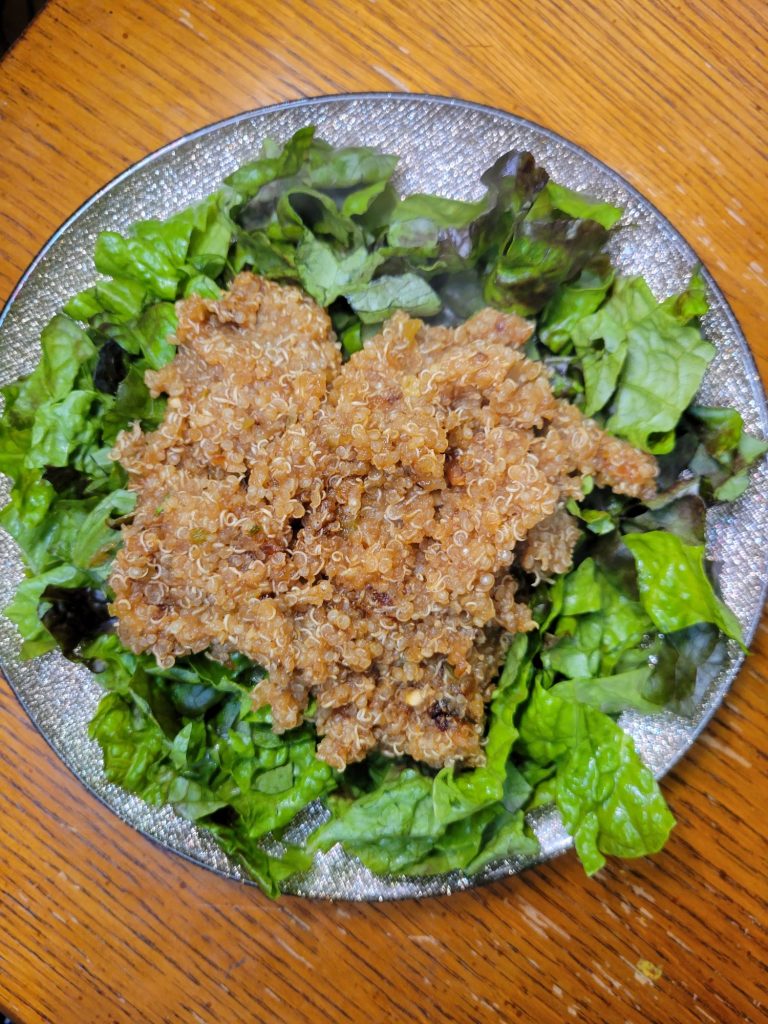
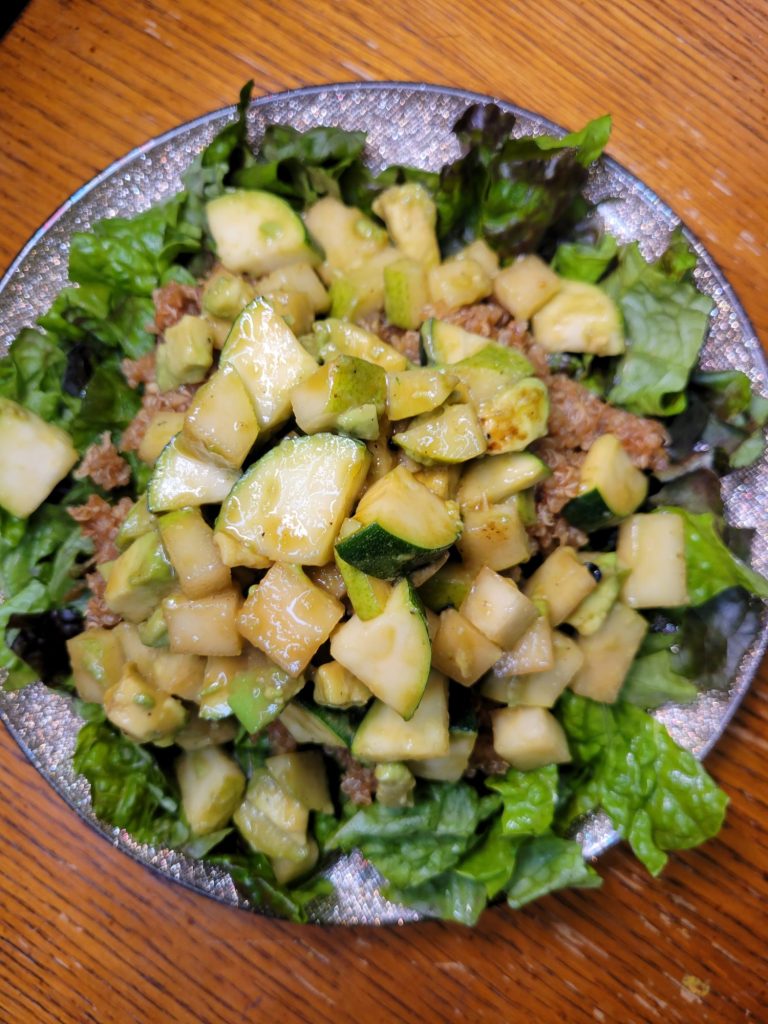
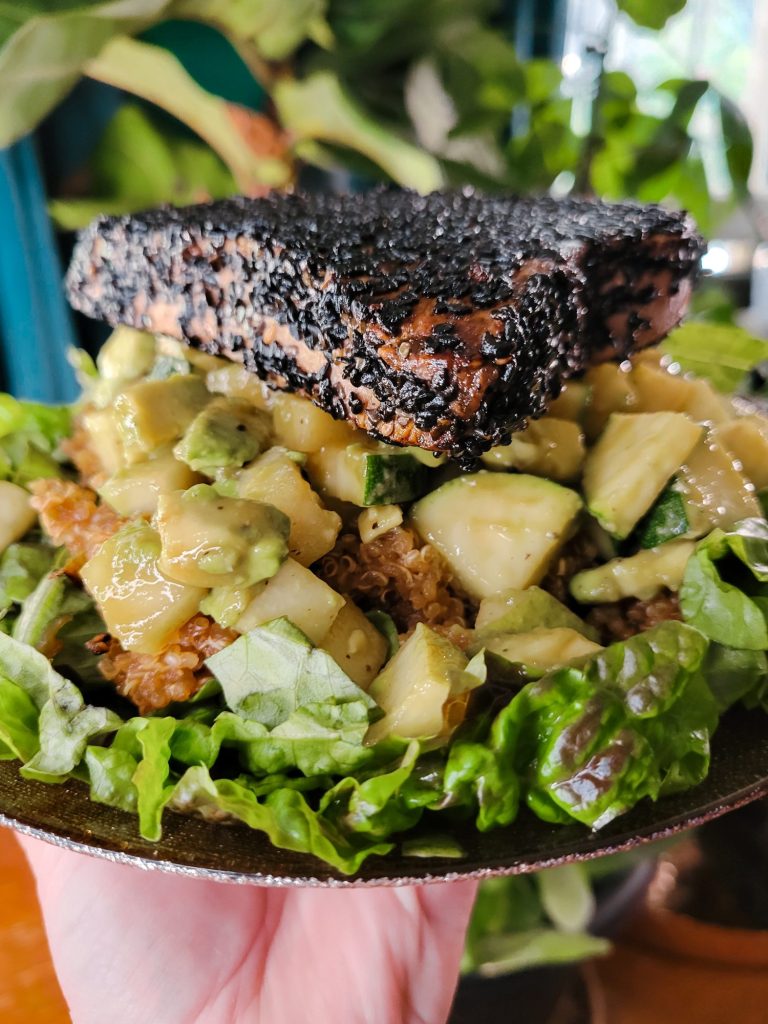
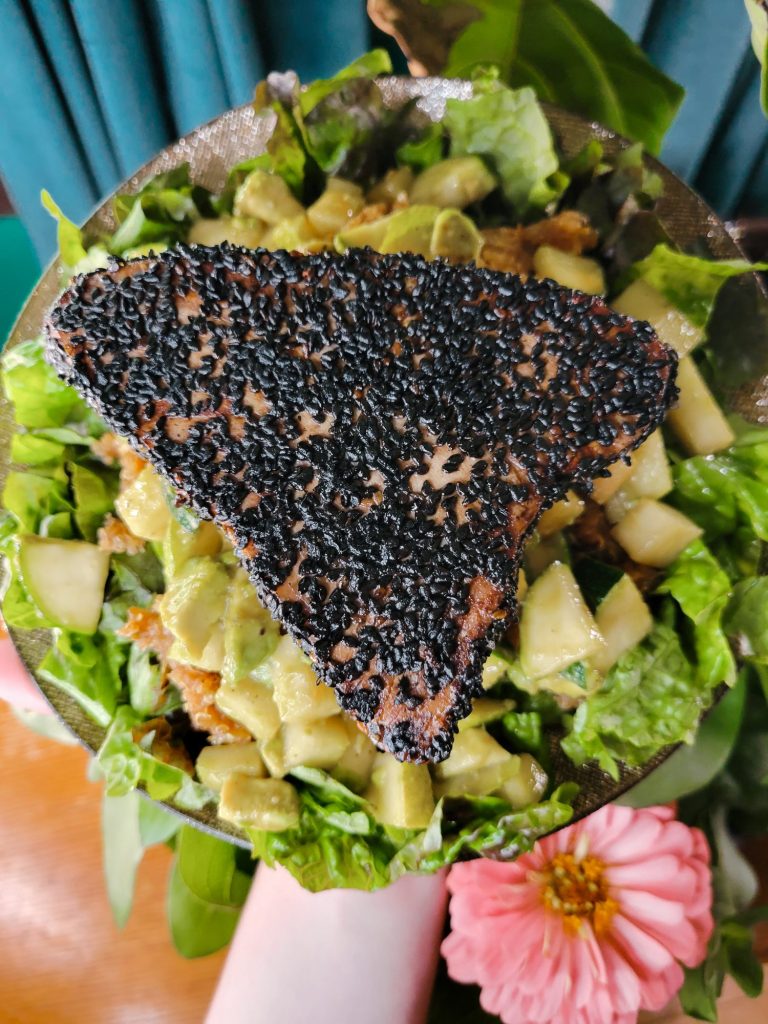
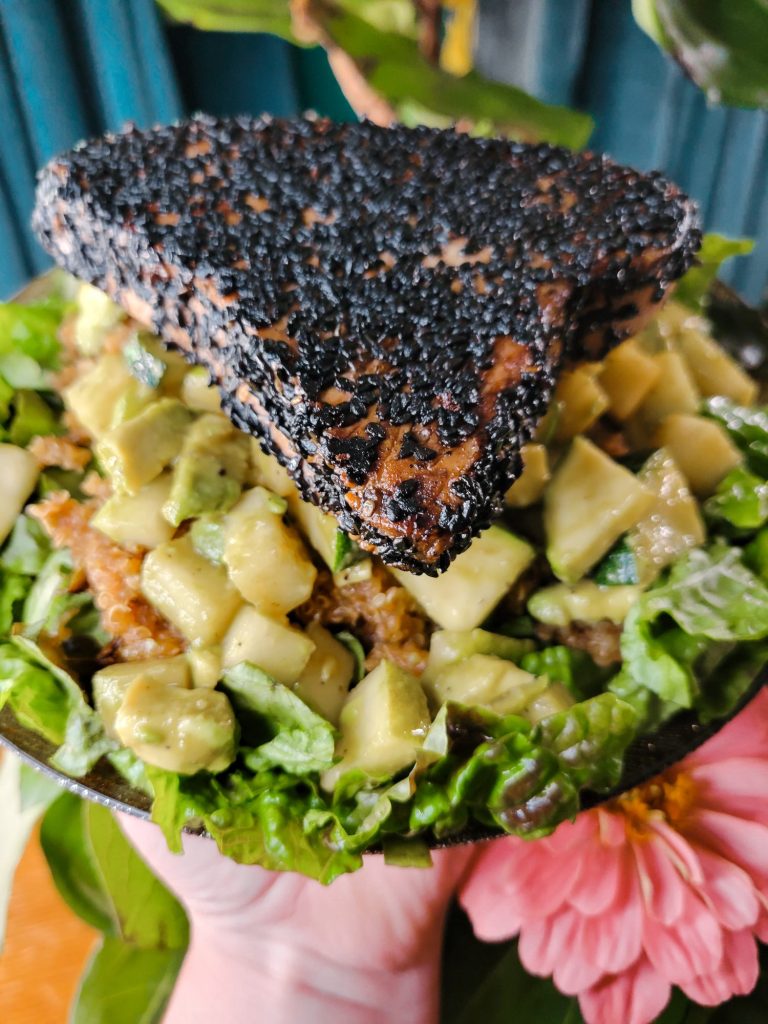
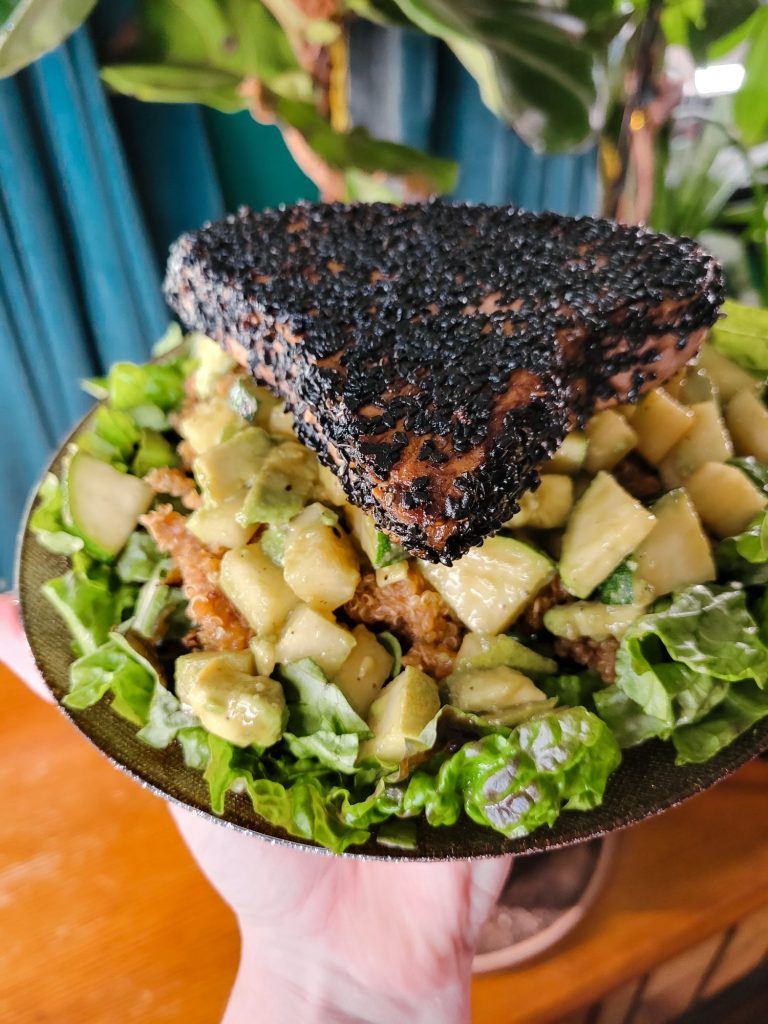
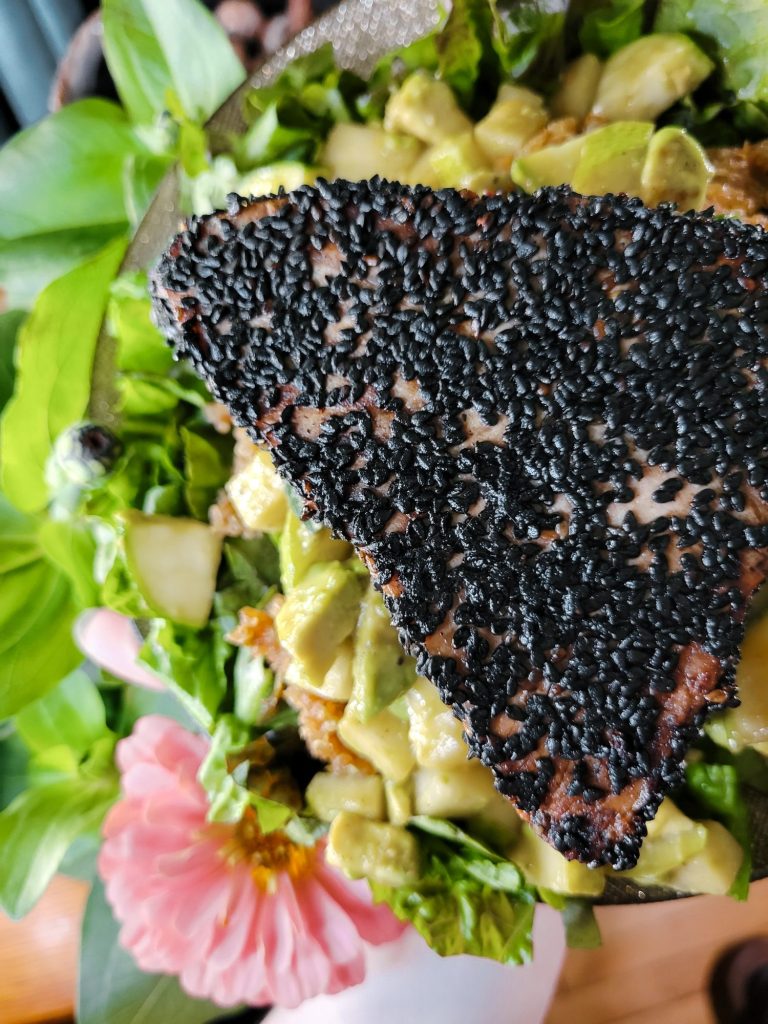
The photos here are of a half batch. I wasn't serving the entire dish all at once! So, I made it in roughly two batches. I cooked all of the quinoa, refrigerated half of it, and then served the other half with 1 zucchini, 1 pear, 1 avocado, and 1 ahi tuna steak. For a larger potluck meal, I'd recommend making everything and tossing the salad with sliced tuna on top. However, I served this as an entrée. A half batch is perfect for one or two people to share, so I cut the recipe in half to serve here. Although, for a larger family or potluck meal, the full recipe makes double what's seen here!
You can also prepare all of the ingredients separately ahead of time and store them in the refrigerator for later. This is a great recipe to make a day or two in advance. Just store the chopped zucchini, pear, and avocado with an extra splash of tahini, rice vinegar, and a dash of salt and pepper. Otherwise, chop the produce right before serving and toss together.
Variations of Ahi Tuna Salad
I'm incredibly fond of seafood salads. They're one of my favorite ways to instantly elevate a salad. So many times people think that lettuce needs to be the star of the show. Although I'm really just not that fond of leafy greens. As much as I like the occasional chopped up romaine or red leaf lettuce in my dishes? The highlight of the meal certainly is the ahi tuna steaks, salmon, and catfish. Although you can easily mix and match whatever seafood or other produce of choice in your "salad" concoction today.
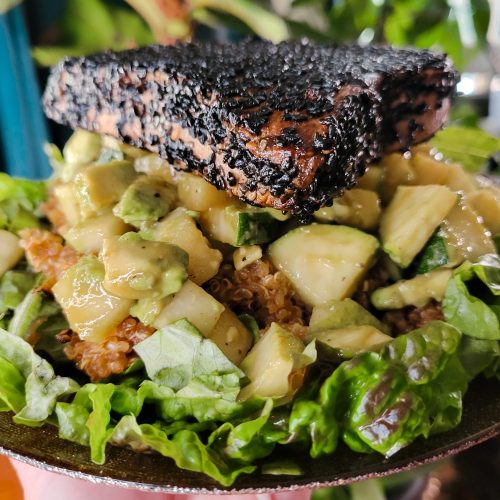
Salad w/ Tamari Quinoa, Pears, & Ahi Tuna Steaks
Equipment
- Rice Cooker
- Bowl
- Skillet
- Stovetop
Ingredients
Quinoa
- 2 jalapeños
- 1 tbsp. ginger minced
- 1/8 c. tamari (or soy sauce)
- 1/8 c. apple cider vinegar
- 1 ½ c. quinoa
- 3 c. water
Tuna Steaks
- 6 oz. tuna steak sushi or sashimi grade (4 for whole recipe)
- splash high heat oil
- 3 tbsp. black sesame seeds per steak
Salad
- 1 batch quinoa
- 4 ahi tuna steak whole or sliced
- 1 head red leaf lettuce chopped (or other lettuce of choice)
- 2 zucchini diced
- 2 anjou pears diced
- 2 avocados diced
- splash tamari (or soy sauce)
- splash apple cider vinegar
- dash salt
- dash pepper
Instructions
Cook Quinoa
- Add all of the ingredients into a rice cooker. I like to start with the larger produce and then add the smaller ingredients. Top with the spices. And then add the quinoa and water.This cooks the larger vegetables on the bottom, while dispersing the flavor profiles in the middle. Although with some mixing, this really doesn't matter all that much. Everything will eventually cook together!
- Press the cook button on the rice cooker. It should take about 45 minutes to cook.
- When the quinoa is fully cooked, let sit for 10 minutes. Then, fluff with a wooden spoon and serve.
Ahi Tuna Steak
- If you haven't already, remove the ahi tuna steak from the refrigerator and let rest for about 15 minutes, or until it just about reaches room temperature.
- Pat the tuna dry with a paper towel to remove any excess moisture. Then, dip the tuna into the tamari marinade. Making sure to rotate it so that all sides are lightly coated.
- Place the tuna on a plate or other flat surface and coat with black sesame seeds.It helps to lay down a layer of sesame seeds and press the tuna lightly into them. Then, rotate and do the same all the way around the fish, until the entire fillet is lightly coated.It doesn't have to be perfectly completely coated, but you do want to prevent the fish from touching the skillet directly. So, make sure that it's covered enough to prevent this from happening. Tuna can be seared directly on the skillet, but it will need a much shorter cooking time and may overcook if it isn't coated enough.
- Add another drop of oil to the skillet and carefully place the ahi tuna steak.
- Cook for 2 minutes, or until the outer layer has just begun to turn a whiter hue.
- Flip the fillet and cook another 2 minutes on the other side.
- Remove from heat and let rest a few minutes.
- Repeat this process for all of the tuna steaks. This entire recipe will make 4 servings. You can give each person a tuna steak or thinly slice them serve 1/2 a steak per person.Otherwise, I tend to cook just enough for myself and then use the rest of the quinoa and lettuce for other dishes. I made this same recipe with Salmon and Scrambled Eggs later in the week!
Salad
- Set the lettuce, quinoa, and tuna steaks aside.
- Add the rest of the ingredients to a bowl and mix together.You can prepare this up to a day ahead of time to let marinade or even use some of the extra juice to marinade the tuna steak. Although that was entirely too much effort for my day! So, I skipped it here. But a possibility for next time.
- Arrange quinoa, lettuce, pear salad, and tuna steaks on a plate. Serve immediately.
Tips, Tricks, & Notes
- For additional information as well as a few more tips and tricks, I have full articles on all of the individual parts of this recipe:
This Page Contains Edited Images
As a general rule, I don't like to edit my images and I am firmly against alteration of images in food blogs. It's not something that we generally think about when it comes to recipes. But food styling, editing, alteration, and even faking entirely is just as rampant a problem in the recipe realm as anything else! Cooking is a very visual art and you can tell when a lot of foods are cooked based on the color. So, when this is altered and you can't use the coloration as a gauge, it makes it quite difficult to follow some recipes. I have an entire article about Food Styling and Unrealistic Expectations of Recipes.
Because of this, I try very hard not to alter any of my photos. I like to take photos with natural sunlight during the day. Ordinarily this is very true to color and I don't edit the photos at all. However, since my place is very warm with a lot of yellow lighting, sometimes my camera overcompensates and ends up with an unnatural blue tone. In the following images on this page, I adjusted the levels and hue to try and make this more true to color. In the interest of transparency, these are the before and after photos.
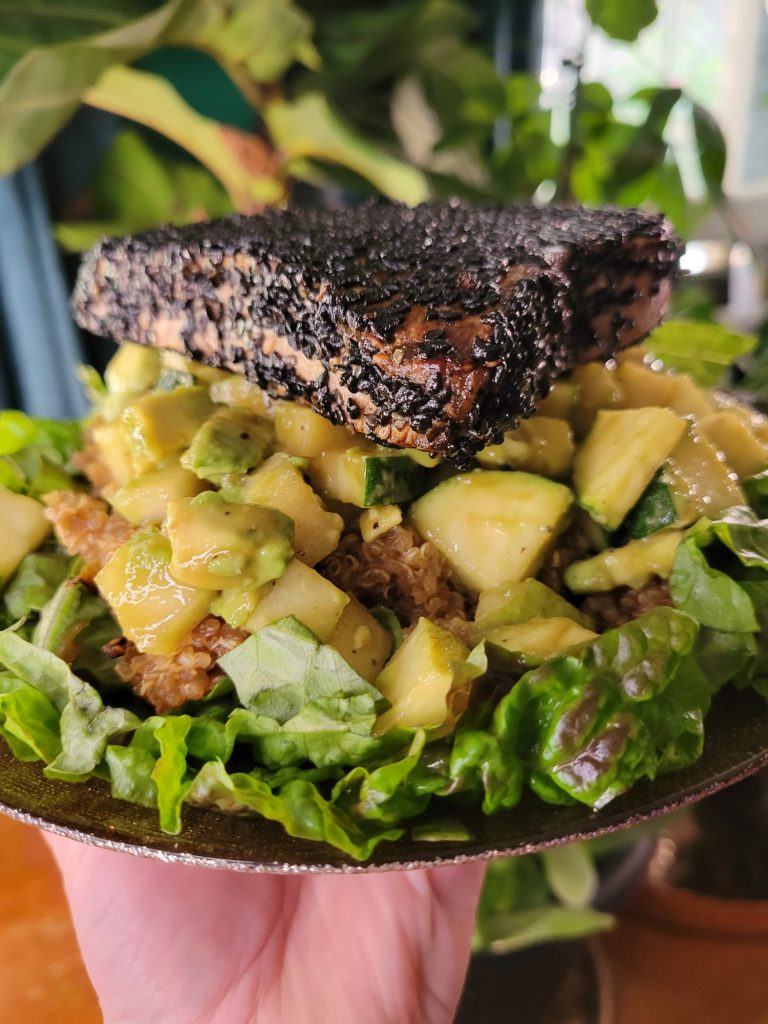

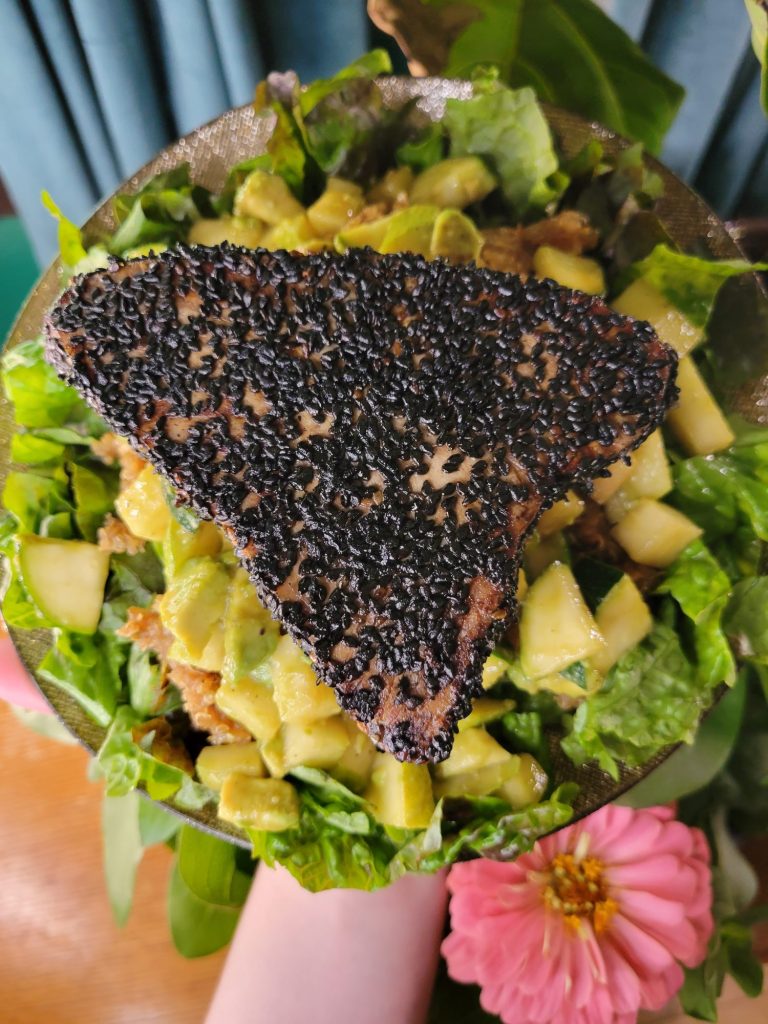



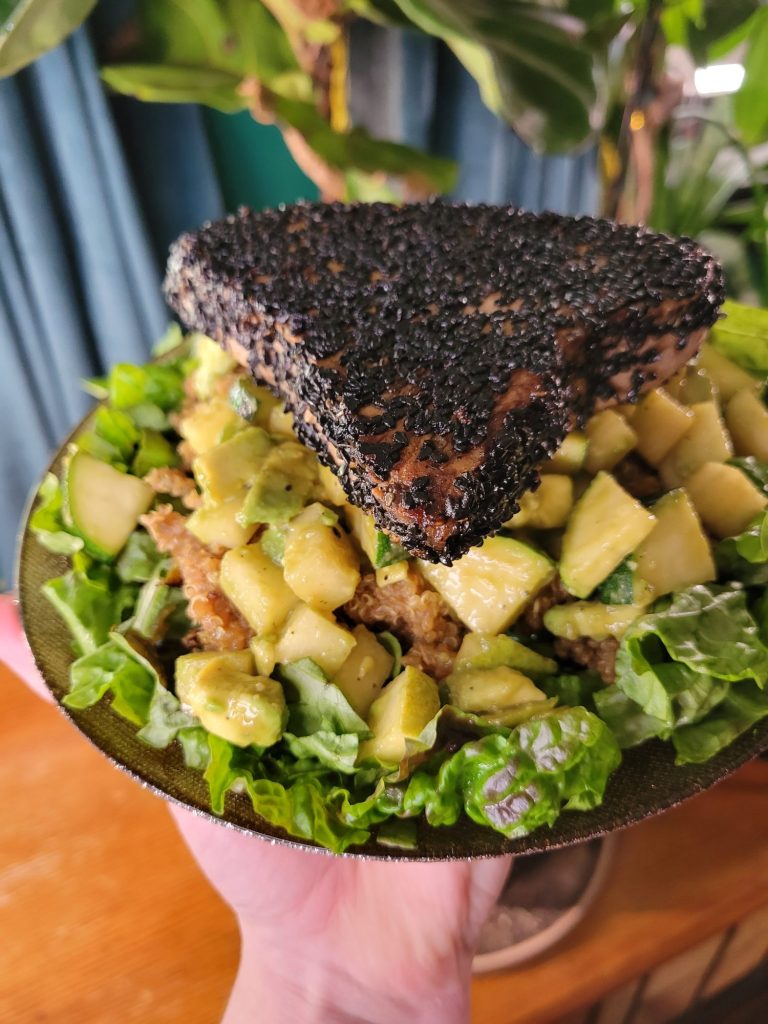

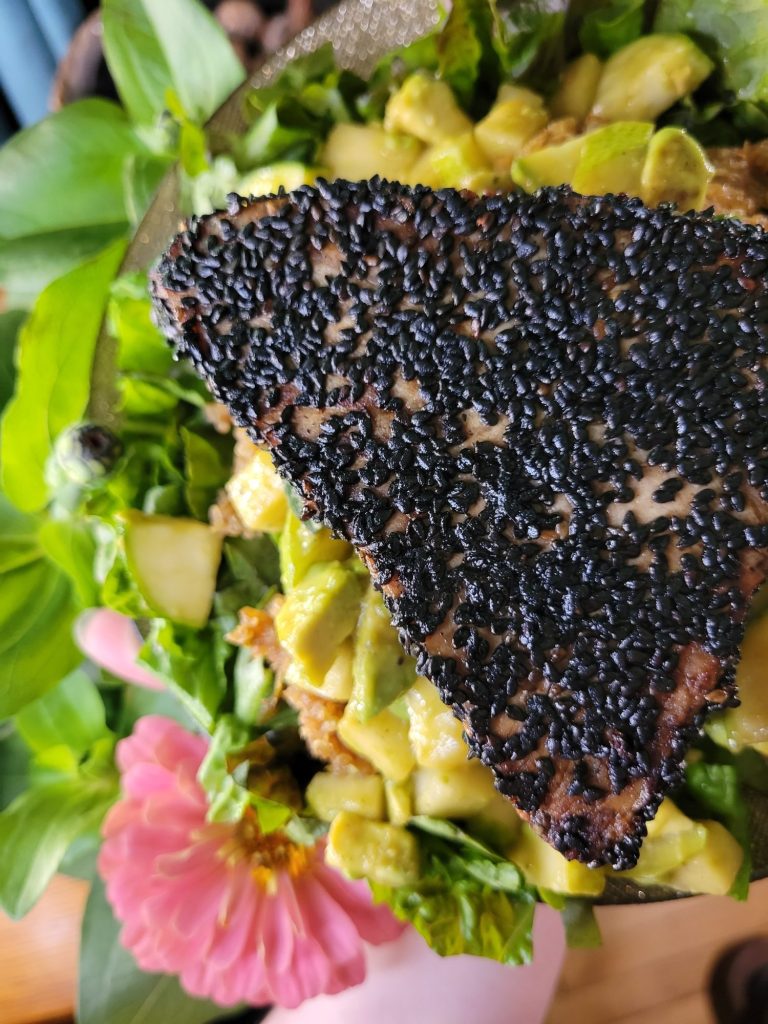

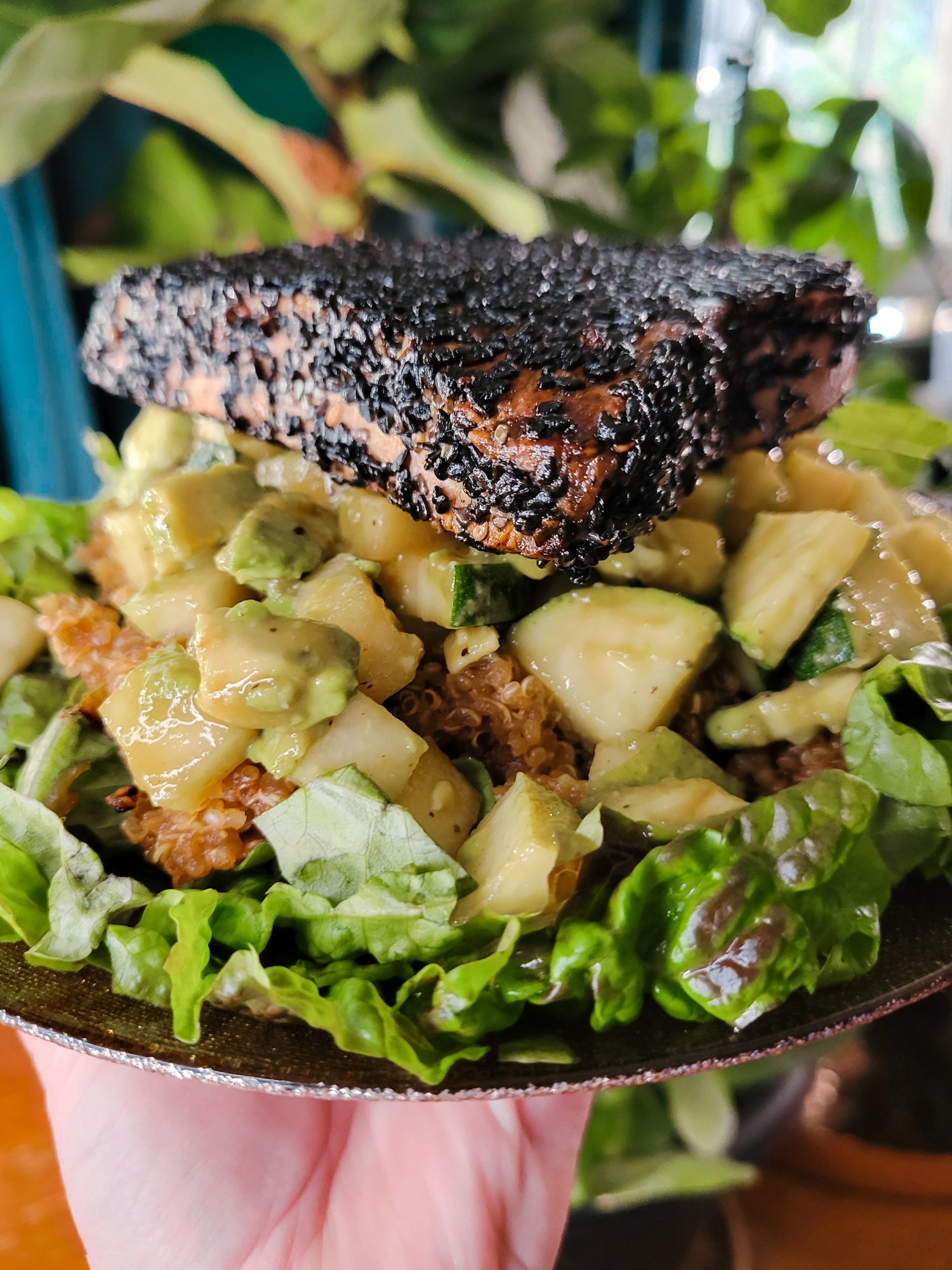
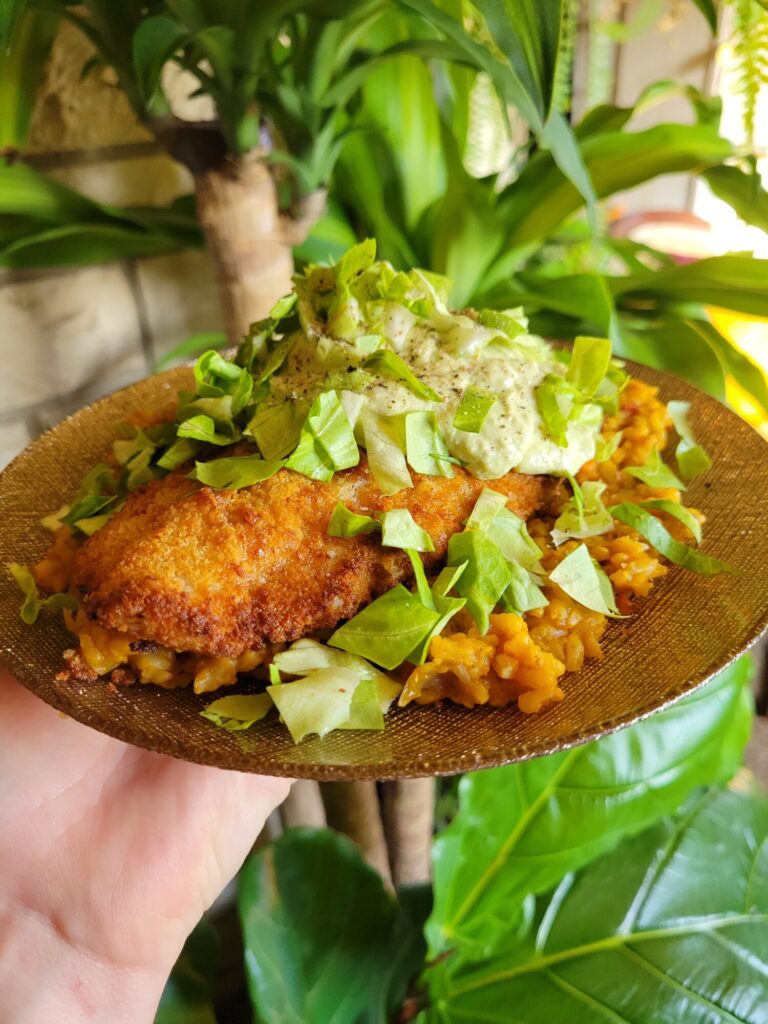
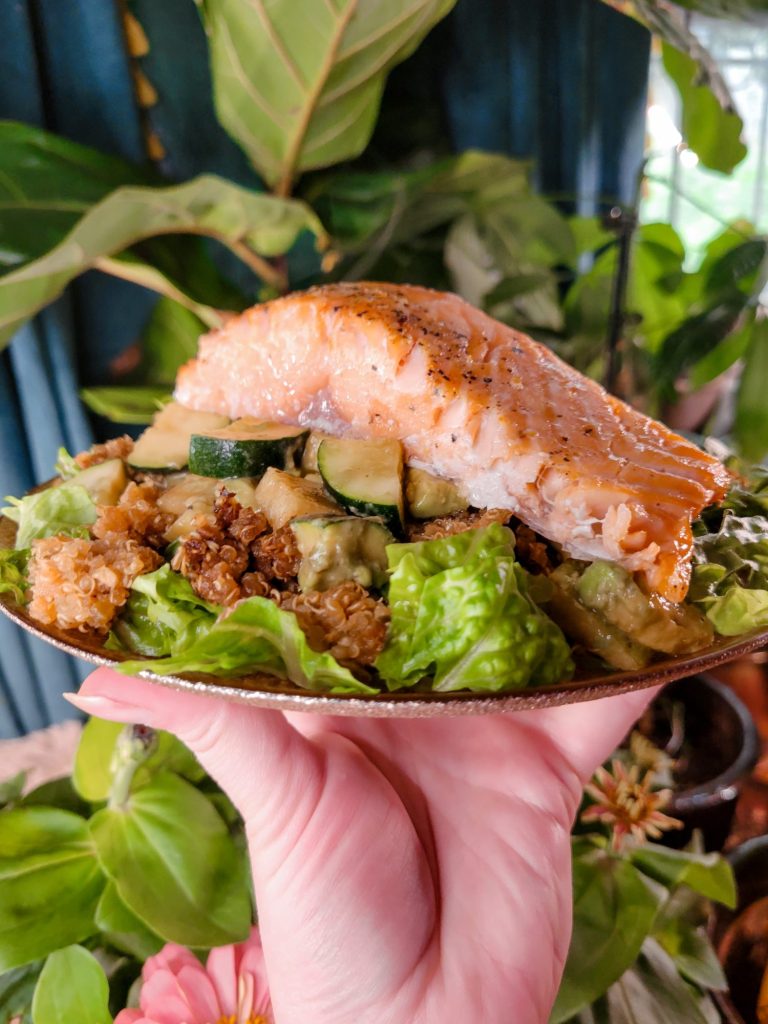
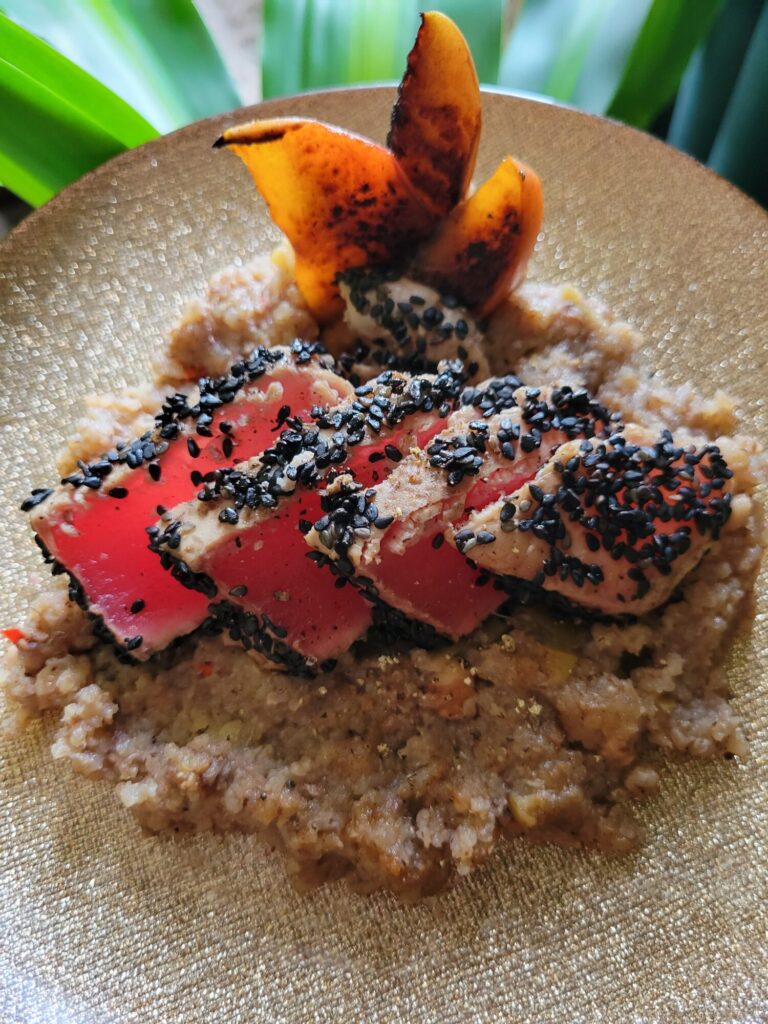
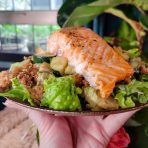
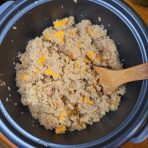
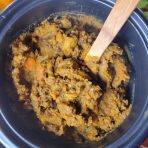
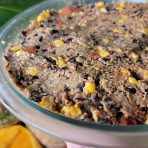
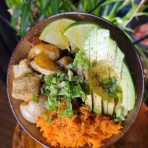
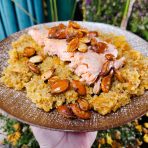
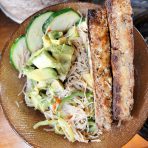
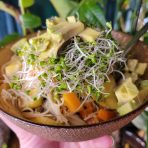
Leave a Reply